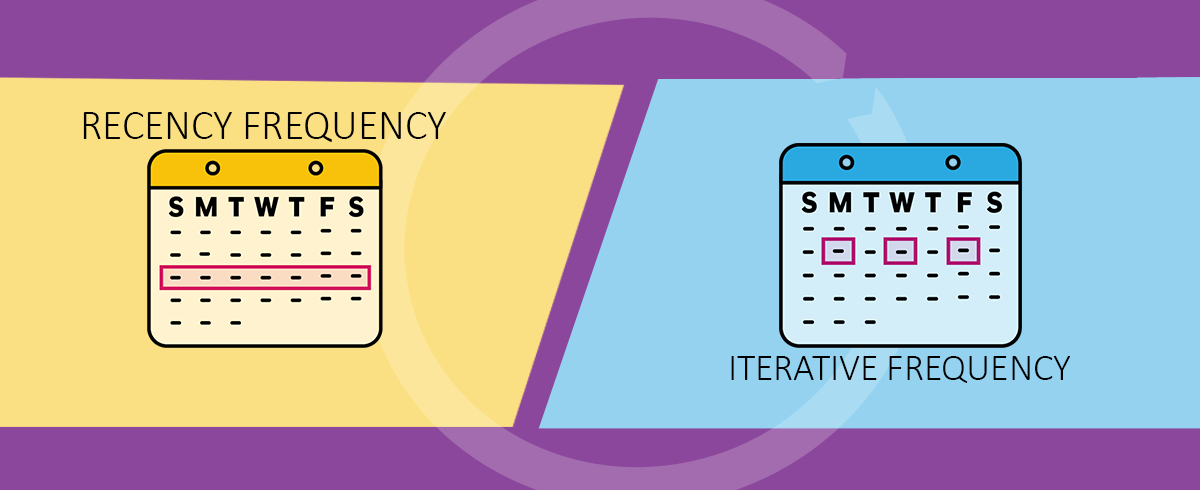
By Amy Crooks, Senior Manager Research & Development
Over the past several months, I have been working with the research & development team to answer this need-to-know question: Is All Frequency Created Equal?
Working with Leslie Wood, NCS’s chief research officer, we came up with an approach that addresses this important question. With Leslie and Mars global associate director Ashley Chauvin, I had the honor of presenting the patent-pending results at ARF’s 2022 AUDIENCExSCIENCE Conference.
When TV advertising began in the 1950s, reach was measured over four weeks. Why? Well, that was the standard timeline. It was an era of longer attention spans and limited viewer media choices for consumers. In fact, the shortest length of a TV ad was one minute long.
It wasn't until the late 1990s that Leslie Wood collaborated with Erwin Ephron and Walter Reichel to create recency theory, which is the idea that “an exposure in close proximity to purchase exerts a powerful influence on sales” and that unfortunately over time their influence decreases.
Beginning in the early 2000s, there were far more product choices and devices to advertise on, from computers, tablets, televisions and iPhones to radios and even watches. These digital platforms had much lower reach than traditional media, so reach was transformed into a campaign-long measurement. By combining so many weeks, some frequency was actually reach, and some were pure repeat exposure. This muddled the insights possible from frequency.
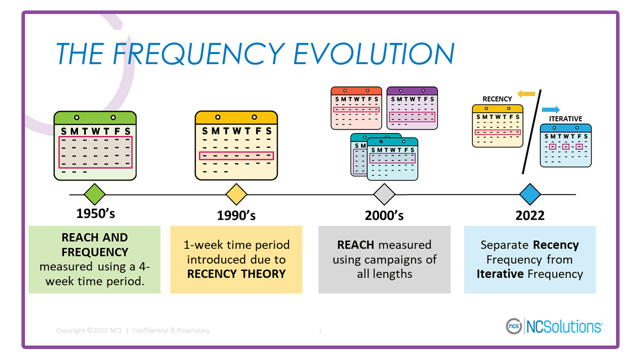
We discovered two different frequencies
What's Recency Frequency? Frequency that delivers reach within shorter time frames.
What's Iterative Frequency? Frequency that delivers the same message repeatedly to a consumer within those short time frames.
“Intuitively, marketers know that an exposure that repeatedly delivers the same advertising message to consumers over and over again can’t be as valuable as reminding them weekly about why they should consider purchasing a product. Our research findings and methodology prove why and provide marketers with a way to further think about how their advertising impacts the customer's path to purchase. Ultimately, this approach helps them improve their return on advertising spend or ROAS.” - Leslie Wood, NCS chief research officer
Our discovery:
Frequency varies by brand and campaign; however, we found that advertising campaigns receive a higher return on ad spend (ROAS) with recency frequency when compared to iterative. Ad frequency of more than once a week has a much lower ROAS and incremental dollars per impression (DPM).
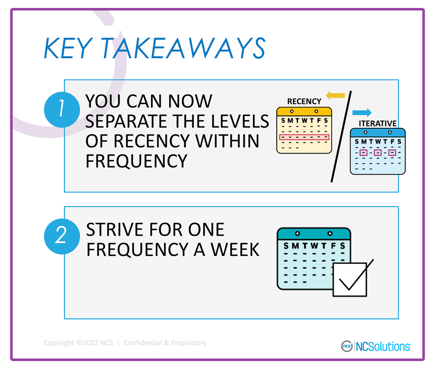
"Being more intentional with how we reach and engage people is important for creating meaningful experiences along the consumer journey and being a sticky brand. This new metric, in particular, could be beneficial in helping us better understand or untangle these experiences and the media we serve to them within these moments to deliver a better experience with and for our brands.” - Ashley Chauvin, global associate director, human intelligence, Mars.
Our advice:
Aim for a once-a-week frequency. To help plan your ideal frequency to meet your marketing goals, you can sign up to use our patent-pending Recency Frequency license. It is free as long as you cite NCS in your source line.

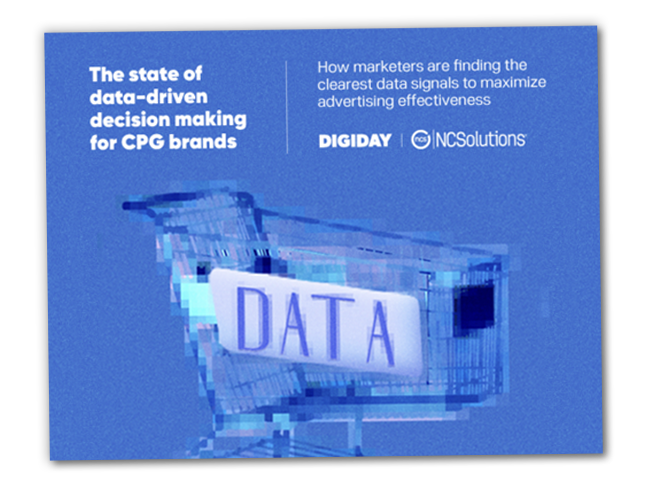
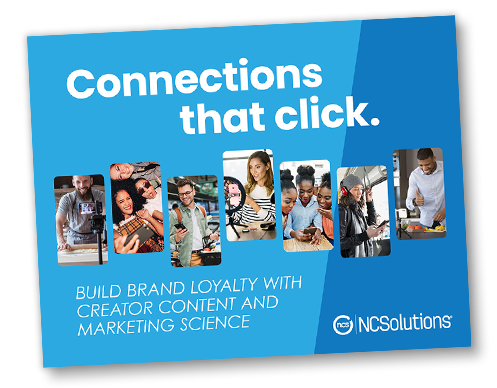



.png)
.png)




